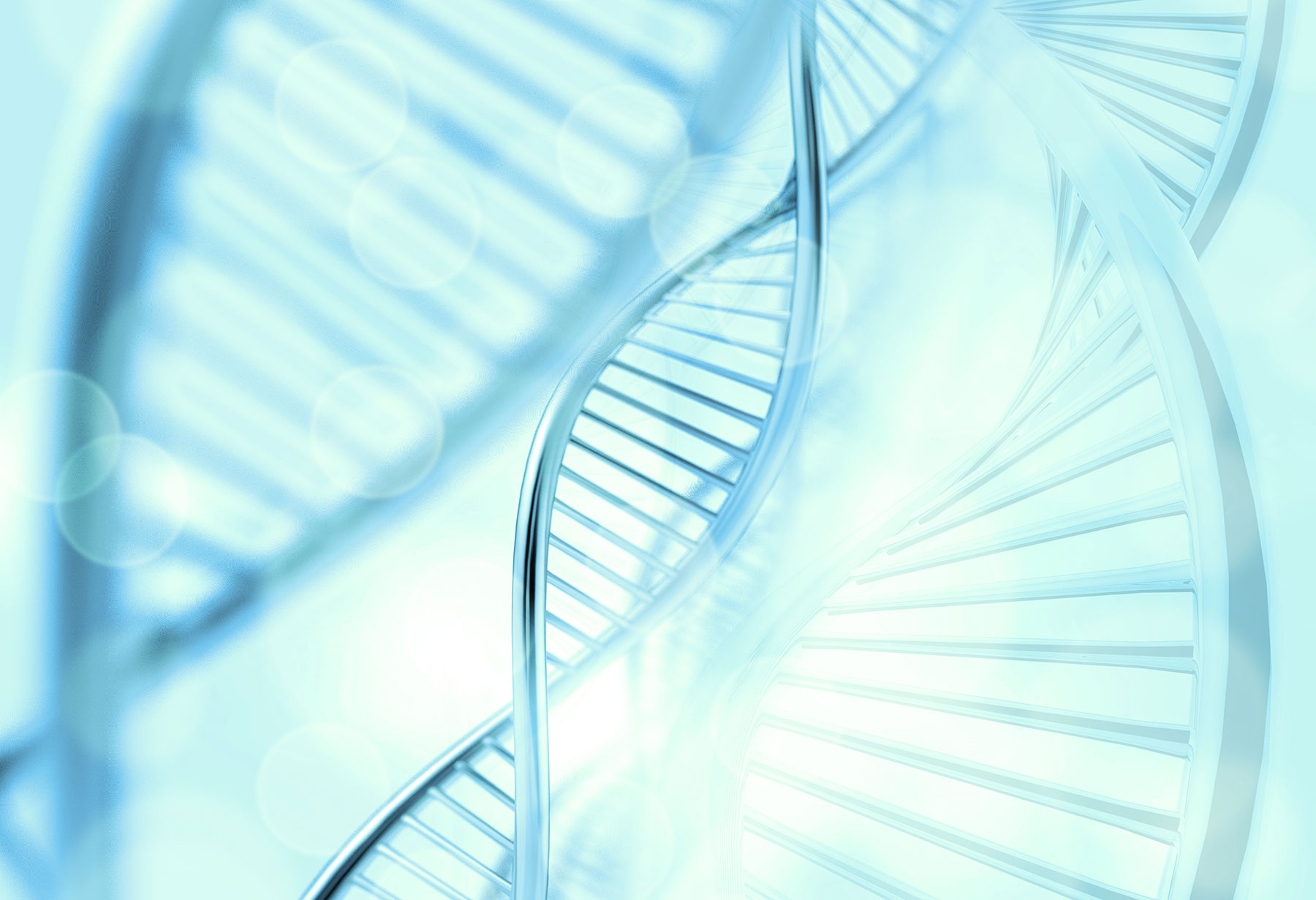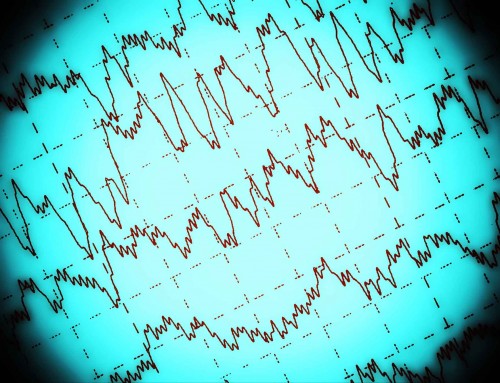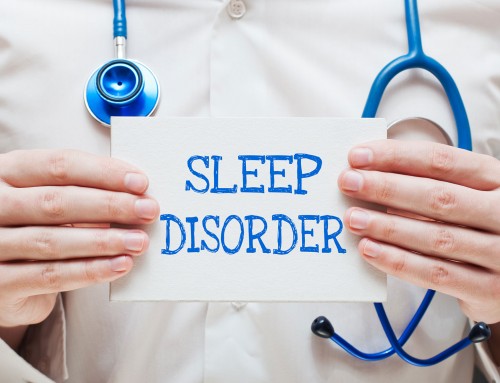What are the risk factors of Narcolepsy?
The exact cause of narcolepsy is not yet known, but certain genetic and environmental factors are risk factors of this neurological sleeping disorder.
Heredity
Although most cases of narcolepsy occur in individuals with no known family history of the disorder, there is still a strong genetic basis. The family members of people with narcolepsy have a higher risk of developing narcolepsy than people with no previous family history of narcolepsy.
HLA-DQB1
The human leukocyte antigen (HLA) complex helps the immune system to differentiate own proteins from foreign proteins such as viruses and bacteria. The HLA-DQB1 gene is part of this HLA complex, and is responsible for making proteins important for the immune system. There are different normal variations in the HLA-DQB1 gene, which allow the immune system to respond to a wide variety of foreign proteins. One of the gene variations, HLA-DQB1*06:02 is strongly associated with narcolepsy, and people have a higher risk of developing narcolepsy if this variant is present.
Hypocretin
Hypocretin is a neurotransmitter that regulates the daily sleep-wake cycle and promotes wakefulness in people. When cataplexy is present in people with narcolepsy, the condition is often due to deficiency in the production of hypocretin in the brain. Most people with narcolepsy have low levels of hypocretin. It is believed that this is caused by an autoimmune disorder, in which hypocretin-producing neurons are targeted by the body’s own immune system.
Environmental Factors
Other factors can also increase the likelihood of developing narcolepsy. Trauma to parts of the brains involved in REM sleep or from tumor growth, bacterial or viral infections, toxin exposure, stress, hormonal change (especially during puberty or menopause) and immune system problems may contribute to disease development of narcolepsy.
References:
Dauvilliers Y, Arnulf I, Mignot E. (2007). Narcolepsy with cataplexy. Lancet. 369(9560): 499-511.
Tafti M, et al. (2014). DQB1 locus alone explains most of the risk and protection in narcolepsy with cataplexy in Europe. Sleep. 37(1): 19-25.
DNA In the News2017-04-06T19:41:02+00:00






